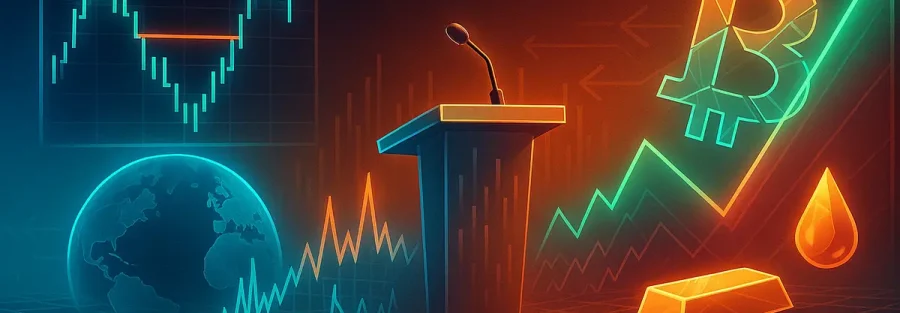1. Market Overview: Stocks Jump on Truce Hopes
Stock markets rallied on June 16, 2025, as signs of de-escalation between Israel and Iran provided relief. The S&P 500 reclaimed 6,000 points and the Nasdaq rose 1.4%, while European indices like the STOXX 600 and FTSE 100 edged higher by around 0.3%—despite ongoing tensions. The rebound shows just how swiftly markets can recover from geopolitical shocks.
2. The Oil Factor: Price Drops Calm Investors
Oil prices tumbled over 3% early in the week, sliding from a prior 7% spike. WTI crude dropped to around $70–73 per barrel, easing cost-of-living and inflation concerns . The link between oil and inflation is direct—every $10 rise in oil can add ~0.5% to CPI—so calmer oil markets help stabilize investor sentiment .
3. U.S. Equities Snap Back Strongly
The Dow Jones surged 300–400 points, while the S&P and Nasdaq both rallied 1%–1.4% . Tech leaders, especially Nvidia, led the charge with shares approaching record highs. Travel-related stocks like United Airlines also rose by ~1.5% as fuel cost concerns eased.
4. Geopolitics vs. Market Robustness
Despite renewed Israel-Iran tensions, markets showed resilience due to two factors:
A. Limited Long-Term Impact from Oil
Market analysts at Deutsche Bank and Investopedia say geopolitical shocks only hurt stocks meaningfully if they cause prolonged inflation or economic slowdown.
B. Fear of the “Dollar-Safe Haven” Declines
Unlike past conflicts, the U.S. dollar barely budged—gaining only 0.25%—suggesting investors no longer seek traditional safe-havens during every geopolitical flare-up . This signals a shift in sentiment toward diversifying currency risk.
5. Central Banks in the Spotlight
Now that markets have shrugged off immediate conflict concerns, attention turns to major central bank meetings this week—especially the Federal Reserve decision on Wednesday.
Markets are anticipating 46 basis points in easing by year-end, with September cited as the first potential rate cut, though Fed Chair Powell is expected to maintain a cautious tone.
6. Key Trends & Market Risk Factors
-
Falling Bond Yields: Long-dated U.S. Treasury yields rose slightly, which suggests a stable outlook.
-
Gold Loses Some Shine: Gold pulled back over 1%, confirming investor preference for stocks.
-
Sharper “Risk-On” Tone: The VIX dropped nearly 9%, and even defensive sectors like defense and airlines rotated into more growth-oriented names.
7. What’s To Expect Next From Stock Markets
The Short-Term:
-
Oil & Geopolitics: Easing tensions keep markets buoyant, but a spike in oil above $100 per barrel could reverse course .
-
Fed Signals: Investors will closely monitor inflation guidance and rate-cut projections in the upcoming Fed meeting.
The Medium-Term:
-
Currency Strategy: Dollar resilience may weaken, with central banks like the Bank of Japan also on the cusp of policy shifts .
-
Global Trade & Tariffs: Watch for U.S.–China trade talk updates and G7 negotiations—these diplomacy efforts shape risk appetite .
Despite geopolitical noise, markets are showing swift recovery and encouraging investor confidence. The recent stock market bounce back reflects resilience, driven by easing oil, robust equity demand, and anticipation of dovish central bank signals. Still, strategic caution is advisable: geo events, central bank moves, and inflation trends remain key risks.
For investors and businesses, now is a time to stay agile—monitor oil prices, policy announcements, and geopolitical signals to steer portfolios through the evolving June landscape.





